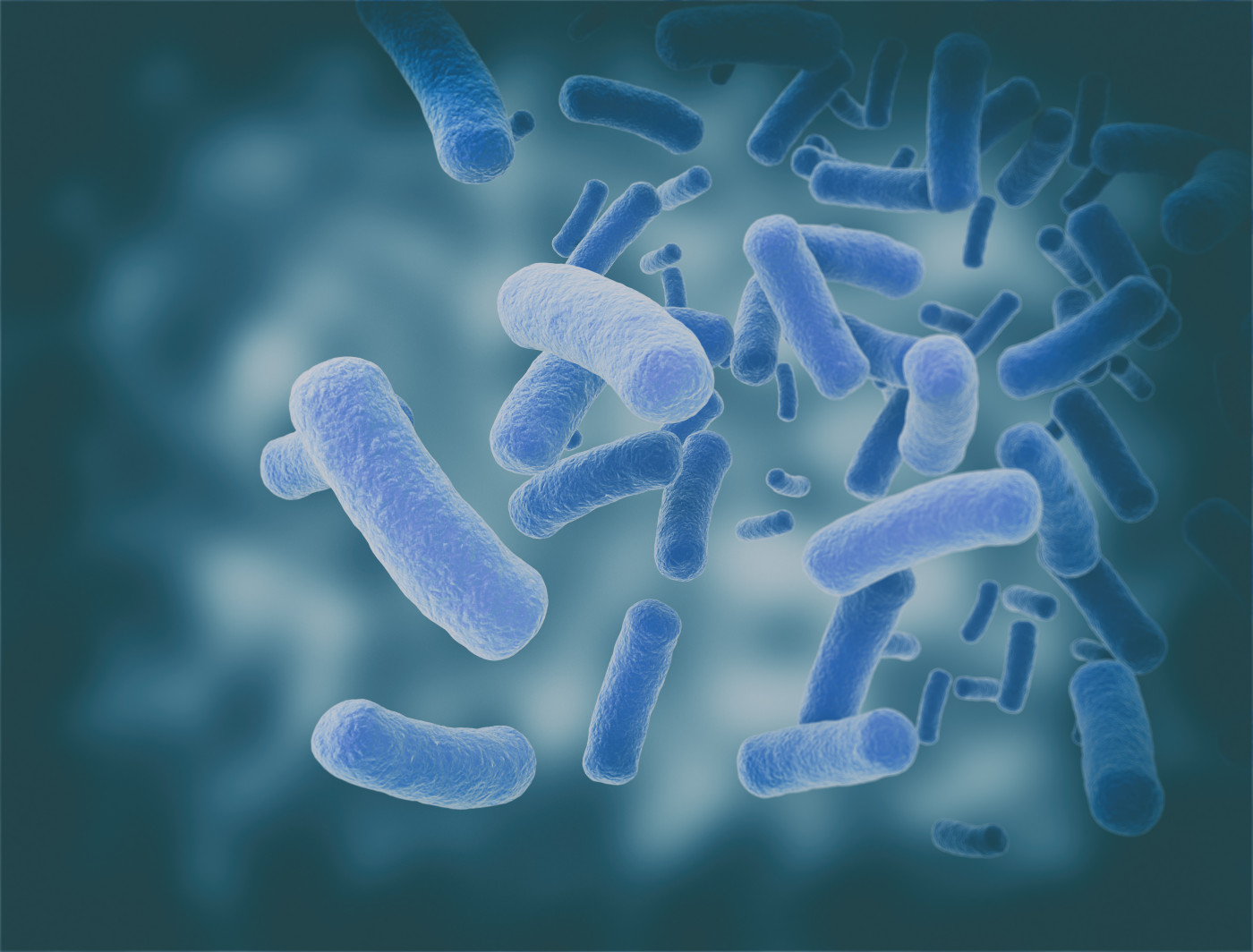Bacteria and Fungi Found in Central Nervous System of ALS Patients, Study Reports

Several species of bacteria and fungi were found living in the central nervous system (CNS) of patients with amyotrophic lateral sclerosis (ALS) that could potentially be related to the development of the disease, a study reports.
However, according to the researchers, more studies are still needed to confirm if there is a direct link between these pathogens and disease onset.
The study, “Searching for Bacteria in Neural Tissue From Amyotrophic Lateral Sclerosis,” were published in Frontiers in Neuroscience.
ALS is a progressive neurological disorder in which motor neurons — the nerve cells responsible for controlling voluntary muscles — gradually degenerate and die, causing muscles to shrink (atrophy) and become weaker.
Despite major advancements in clinical research, the origins and causes of ALS remain largely unknown. In previous studies, a group of researchers from the Universidad Autónoma de Madrid in Spain suggested that ALS might be caused by a fungal infection, based on the observation of fungi structures on tissue samples from patients and on the identification of several species of fungi in the CNS (composed of the brain, brainstem and cerebellum) of individuals with ALS.
For this study, the same team of researchers set out to confirm if bacterial infections might also accompany fungal infections in tissue samples from patients with ALS.
The ALS News Today forums are a place to connect with other patients, share tips and talk about the latest research. Check them out today!
They analyzed frozen CNS tissue samples from 11 patients diagnosed with ALS. To detect the presence of bacteria, scientists isolated DNA from the patients’ CNS samples and performed nested polymerase chain reaction (PCR) to look for bacterial DNA. Next-generation sequencing (NGS) was then used to identify which bacteria species were present in the samples.
Using this approach, the scientists found bacterial DNA in different regions of the CNS in all tissue samples. In addition, with immunohistochemistry (a technique that allows researchers to visualize structures in great detail using specific antibodies), they detected the presence of bacteria in neural tissue samples from patients, which was consistent with their previous findings.
NGS confirmed the presence of bacterial DNA in all tissue samples. Despite the large variability of bacteria orders found in the patients’ samples, the phyla Proteobacteria and Actinobacteria were the most represented in all regions of the CNS.
“Our results indicate that bacterial DNA and [bacterial cells] are present in CNS tissue, leading to the concept that both fungal and bacterial infections coexist in patients with ALS,” the researchers wrote.
“The confirmation that [ALS and other neurological] diseases are caused by fungi or bacteria, or both, should come from clinical trials using already approved antifungal and antibacterial agents. Patients with these neurodegenerative diseases do not have to wait for the development of new therapeutic agents. These studies using safe antimicrobial compounds could be started immediately after approval of these trials,” they added.






